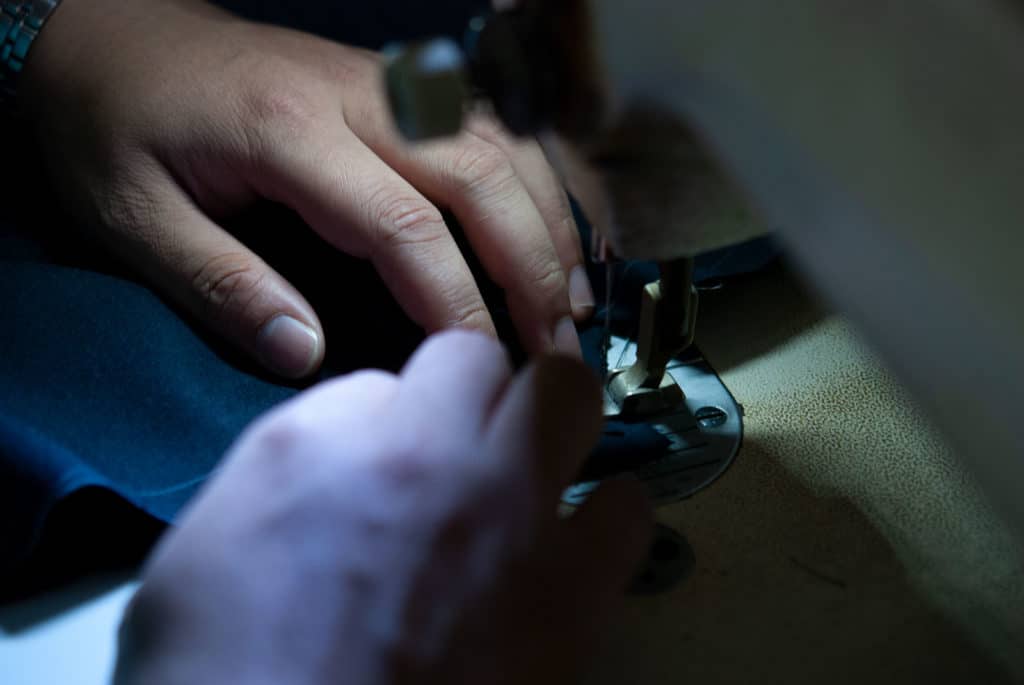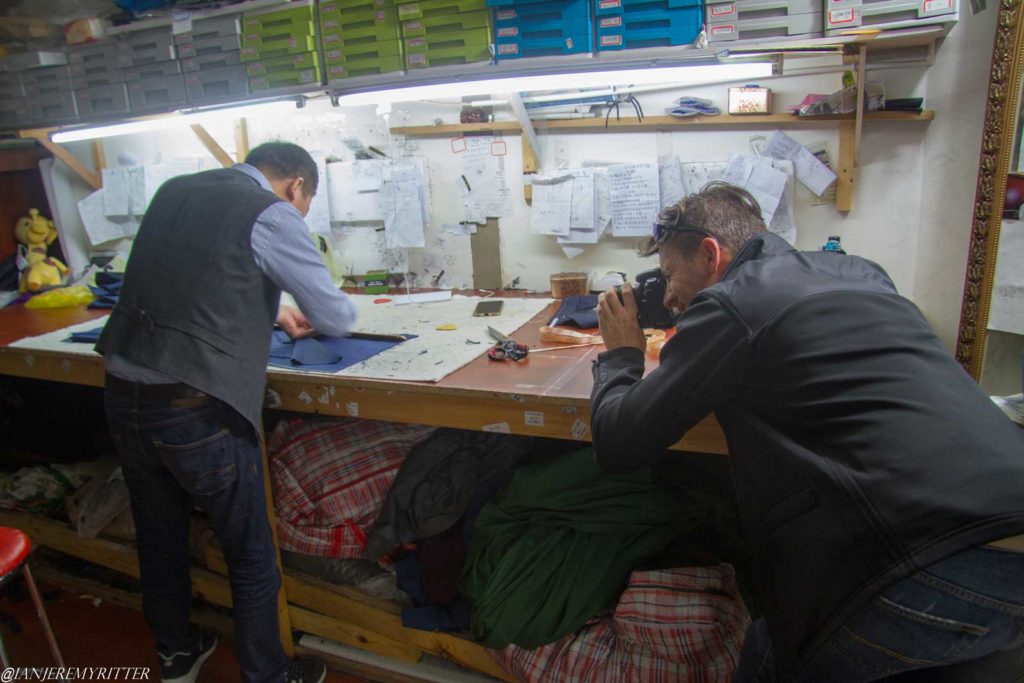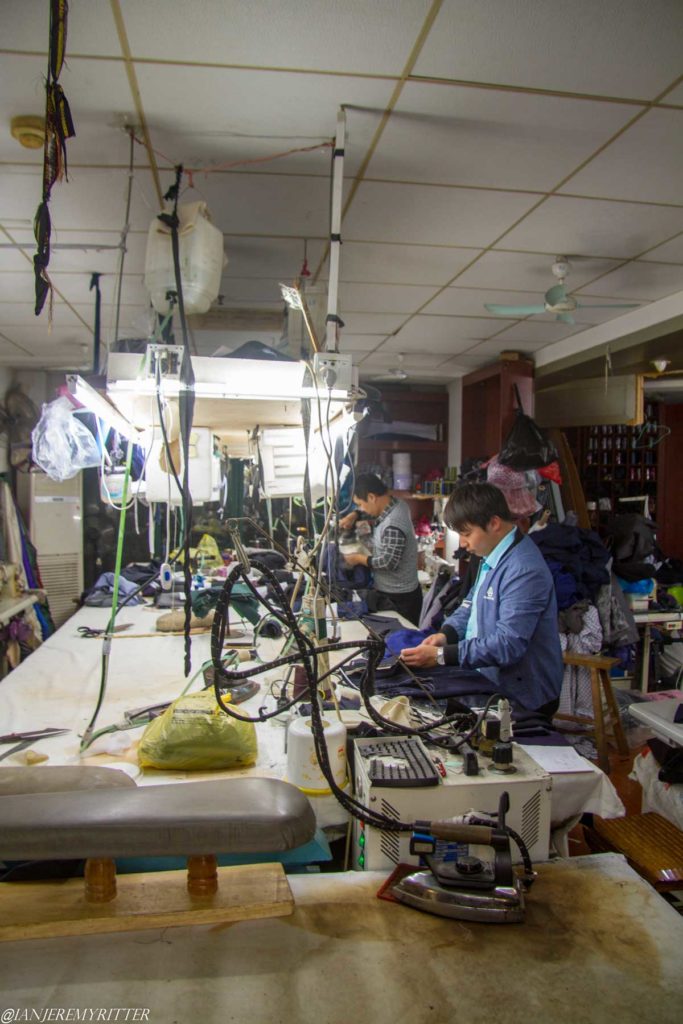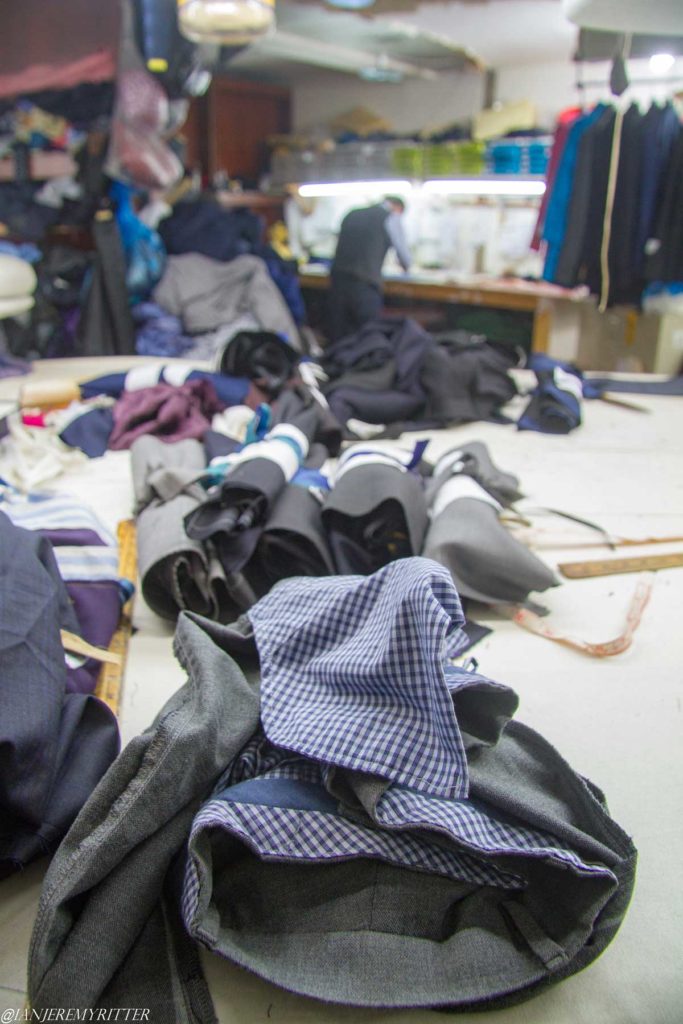America has “fly over” states where most of our basic food is grown, processed, and packed. To most, these places are just hours “two and three” of a 5 five hour trans-continental flight which goes by unnoticed en route from New York to Los Angeles. Because of this, few consider where their food comes from. In the same way, the world has “made in” countries. These made in countries are where the stuff we use every day is manufactured and just like the food, not many people stop to consider where their stuff is coming from. These countries are amazing places, and they happen to be my favorites.
I have been on a mission to at least be aware of where my stuff comes from. The obvious end goal would be to have my dollars more directly support companies who take care of their employees worldwide. This includes my food, shoes, clothes, even my hair gel. In researching this, there are several companies who put forth an effort to ensure their products are produced as responsibly as possible. However, the majority of companies do not. As a frequent visitor to the “made in” countries, I cannot turn a blind eye to the effects of my blind consumerism, and decided that I could at the very least have my clothes sourced as responsibly as possible.
With this in mind, a goal was made about 10 months ago. The goal was: “To only purchase new clothes made by someone whose name I knew and whose hand I had touched.” Not figuratively, but literally as in, had a chance to shake their hand in greeting. This turned out to be easier wished for than accomplished!
Luckily, on a recent trip to Shanghai, China, with my good friend Casey, we found a fabric market a short train ride away. After arriving at our hotel, we made a plan. Our mission was to finally get our clothes made AND meet the people who do it. Our hopes high, we headed to the market.
Once indoors, our ears were filled with all sorts of offers for ties, belts, shoes, suits, and of course, shirts. There were 3 levels in a large building, with each floor containing at least 30 stalls. Each stall was filled with a dizzying array of fabrics, shorts, suits, and incredibly beautiful silk dressed called qipao. We were feeling overwhelmed in the market until we came across Linda.
Linda stands about 4 ft something, but has a personality that stands well over 7 feet tall. She began asking us questions in perfect English. We chatted for a bit, and then moved on. As we walked away, she was telling us, “You’ll be back because I’m the best!” About 5 minutes later, as she predicted, Casey and I ended up back with her. We stayed with Linda for a couple hours, just chatting with her and her friend ZaoXue. We ordered clothes and I decided to ask the big question to see where the clothes are made. Even tough I assumed we were going to be turned down, to my surprise and great happiness, Linda said yes!
We were told to meet back at the market in the evening where we would be able to see the clothing being made. With a feeling of great accomplishment, we retuned to our hotel in downtown Shanghai.
Casey and I discussed the obvious issues with this plan. We were going into an unknown place at night, with two people we did not know, to visit a place which we did not know anything about, and no one knew were going there. After some careful consideration, we decided it was a great idea.
Once again, we got on the train, and made our way to the market where, as promised, our petite boss lady was waiting for us. We arrived on time which was good, as she didn’t seem like she appreciates people being late. Together, the four of us walked through the streets of Shanghai to a tall building. Certainly, a building which didn’t appear to be a place where clothes were made. In fact, this was a residential apartment building and the four of us walked up the entranceway steps and towards a rather packed elevator headed to the higher floors.
This elevator had a little issue though, it stopped at every floor, even if no one was there to board. My compatriot and I were already a little nervous about the whole journey, and this only added to the strangeness of the ride. No one else seemed to view this stop-every-floor phenomenon as a strange occurrence, so I assumed it is just the way things were.
Finally, we arrived at our floor. The number escapes me, but it was a dimly lit hall which we walked through, arriving at an apartment workshop which was totally set up for making clothes. Rolls of fabric, sewing machines, and steam irons hung about the room creating the feeling of a very serious operation. It’s the kind of thing you imagine would come out of a huge factory which sprawled for hundred of meters. But this was no factory. It was a medium sized apartment which had been all set up for a small group of folks to make some beautiful clothes. We were greeted with some quizzical looks, and then smiles as we met everyone there. After some introductions, and getting permission to photograph the operation, Casey and I began clicking away in the fluorescent light.
If sewing is an art, creating clothes is pure magic. The chalk lines, the colors and textures of fabric, and the craftsman fastidiously working away on a seam, or measurement was a sight to behold. When we see clothes hanging from a rack, it’s easy to look fast the different parts, to ignore the seams, the colors, the textures which could have been put together by someone. When we open our eyes to where out stuff comes from, and how it came to be, we also become powerful. This power is the power to choose.
Choosing to say yes to supporting a manufacturing process which is respectful, safe and worthy of your money. Choosing to say yes to spending your hard earned money in a way which if you met the faces of those who made your stuff, you’d be happy to tell them you are a part of the system they operate in. Just like I wouldn’t brag to a farmer who suffered a terribly low-priced soy bean season about how cheap I bought soybeans, we shouldn’t be super happy about how cheaply our stuff gets made. Along the way, someone pays the price for super cheap prices, and most often, you will never meet the person who made your stuff and who paid the price for your discounted shit.
Never having to witness the human cost of harmful manufacturing process is not a good reason for supporting the companies which do such harm. Luckily, we don’t have to.
In todays world, those of us in first world countries have the ability to see what companies are doing their best to provide safe working conditions for their overseas employees. Companies like: H&M, and especially Patagonia. Or, if you’re really adventurous, take a trip to shanghai and find your own tailor who can create some bespoke clothes just for you.
The key takeaway from this excursion for me was to realize how important it is to ask yourself “if I buy this, am I supporting something horrible.” We all have the power to support the things we like, and we should all be using this power. I hope the next time you’re about to buy something, you ask yourself, “where does this come from?”
















